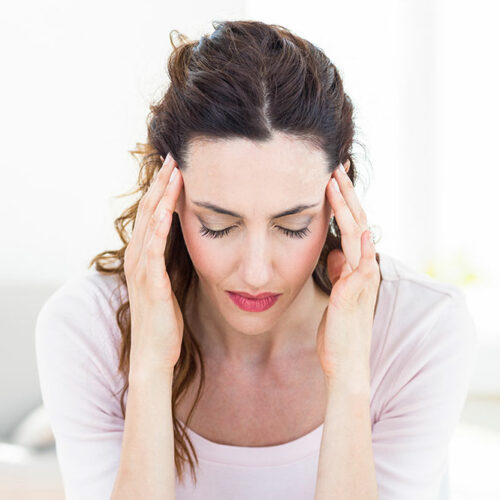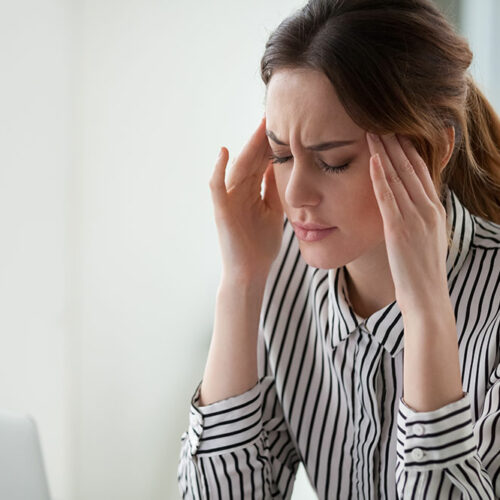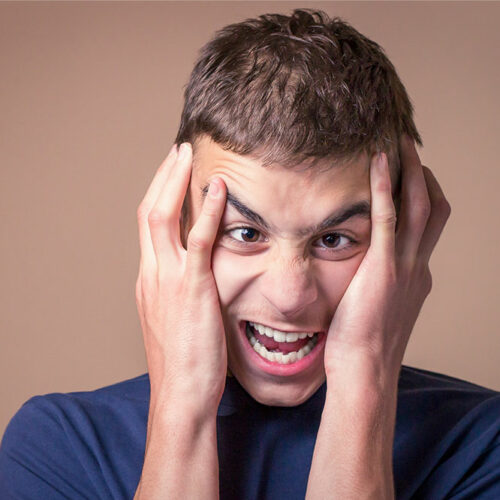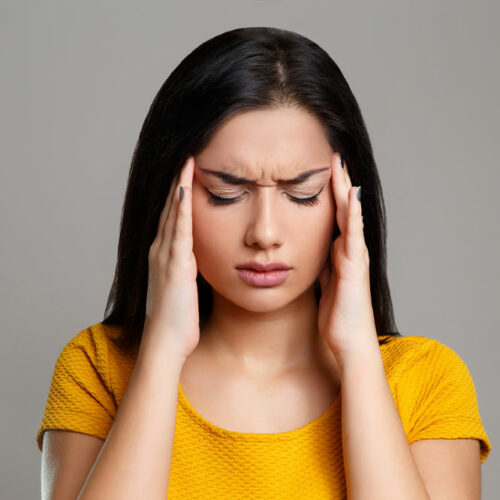5 signs of headaches that shouldn’t be ignored

Migraines are headaches usually accompanied by symptoms, like nausea, vomiting, and increased sensitivity to light. Although the throbbing pain is persistent on one side of the head, it can vary in intensity and can be quite abrupt. These headaches should not be ignored, as intense migraines can affect cognitive function and simultaneously increase neurological health complications. Here are five noticeable signs that require active medical intervention to manage the symptoms. Noticeable changes in frequency and intensity If one notices abrupt changes in the intensity of pain, it should be checked. For example, if migraine headaches that were persistent in the morning have now unexpectedly changed frequency and timing without any significant changes in routine, it should be reported. These unexplained changes could be triggered by developing neurological disorders that can only be confirmed with tests. The thunderclap headache These headaches occur out of nowhere and develop with an intensity that can cause someone immense pain. There is no warning, and the pain develops within a matter of seconds. Immediate medical attention is necessary as soon as the first symptom is felt. In rare cases, it could be a sign of internal bleeding due to an aneurysm or hemorrhaging. Strokes and head trauma are also known causes that trigger this sudden uncontrollable pain.






